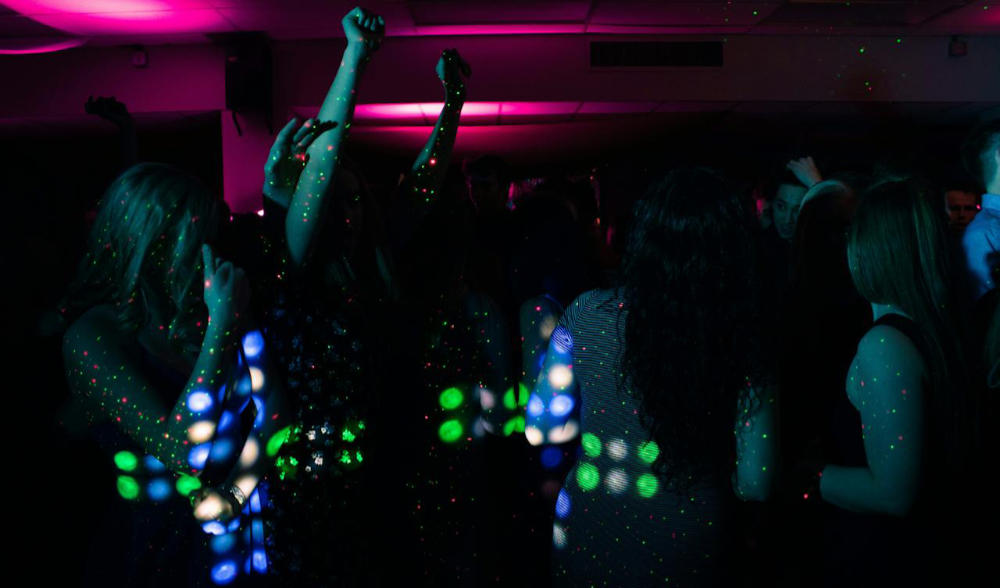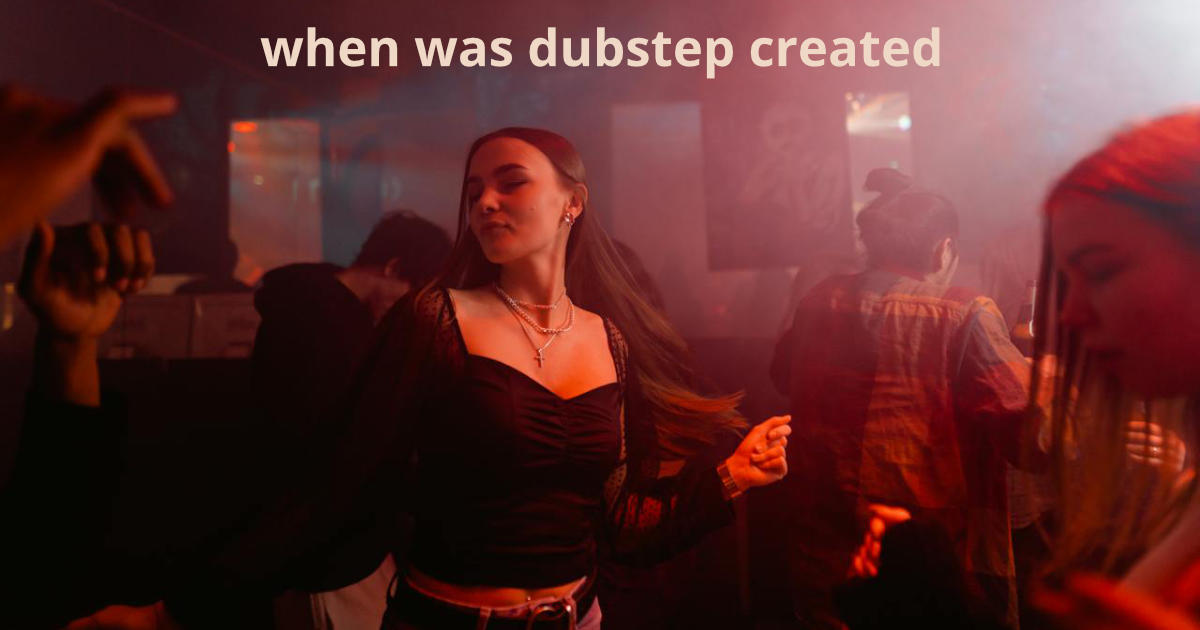Estimated reading time: 6 minutes
Dubstep, a genre of electronic dance music, has become a global phenomenon in recent years. But when was dubstep created? To answer this question, we must trace the roots of this unique style of music. In this article, we will explore the history of dubstep, its early influences, and its development in various parts of the world. Join us on this journey to discover the birthplace of dubstep and the key figures who shaped its evolution.
Table of contents
What is Dubstep?
Before delving into the history of dubstep, it is important to understand what it actually is. Dubstep is a genre of electronic music characterized by its heavy basslines, syncopated rhythms, and sparse use of vocals. It originated from the underground music scene in the late 1990s and early 2000s, drawing influences from various genres such as drum & bass and Jamaican dub music. Dubstep tracks often feature intricate production techniques and a distinctive sound that sets it apart from other styles of electronic music.
History of the Genre
The history of dubstep can be traced back to the late 1990s when a group of British producers began experimenting with different styles of electronic music. These pioneers sought to create a new sound that combined elements of dub, garage, and drum & bass. The result was a unique genre that came to be known as dubstep.
Where Was Dubstep Created?
The birthplace of dubstep can be attributed to South London, specifically the boroughs of Croydon and Lewisham. It was in these areas that the early dubstep scene started to take shape. Artists and producers would gather in small venues and underground clubs to showcase their music and push the boundaries of the genre.
Early Influences of the Genre
To truly understand the origins of dubstep, we must look at its early influences. One of the key figures in the development of dubstep was Joe Nice, a DJ and radio host who played a crucial role in promoting the genre. His show on Rinse FM, a London-based pirate radio station, helped bring dubstep to a wider audience and paved the way for its future success.
Another influential figure in the early dubstep scene was Horsepower Productions, a collective of producers who experimented with the genre’s sound and pushed its boundaries. Their tracks, such as “Gorgon Sound” and “In Fine Style,” became instant classics and helped define the sound of dubstep.

The Birthplace of Dubstep: South London
It is widely accepted that South London was the birthplace of dubstep. The area’s vibrant music scene, coupled with the creativity and experimentation of its artists, laid the foundation for the genre’s development. Croydon and Lewisham became the epicenter of the dubstep movement, with small venues and underground clubs hosting regular dubstep nights.
Joe Nice and Rinse FM
Joe Nice, a prominent figure in the dubstep community, played a crucial role in promoting the genre through his show on Rinse FM. His passion for the music and his ability to curate cutting-edge tracks helped propel dubstep into the mainstream. Rinse FM, a pirate radio station, provided a platform for artists and DJs to showcase their talent and reach a wider audience.
Horsepower Productions and Oris Jay
Horsepower Productions, a collective of producers from South London, played a significant role in shaping the sound of dubstep. Their tracks, characterized by heavy basslines and intricate rhythms, became influential in the genre’s development. Oris Jay, another key figure in the early dubstep scene, collaborated with Horsepower Productions and helped refine the sound of dubstep with his innovative production techniques.
Popular Genres and Their Influence on Dubstep
Dubstep drew influences from a variety of popular genres, which helped shape its unique sound. Genres such as drum & bass, garage, and Jamaican dub music all played a role in the development of dubstep. The syncopated rhythms of drum & bass, the gritty basslines of garage, and the atmospheric soundscapes of dub all contributed to the evolution of dubstep.
The Emergence of a Distinctive Sound
As dubstep continued to evolve, it developed a distinctive sound that set it apart from other genres. The heavy basslines, sparse vocals, and intricate production techniques became hallmarks of the genre. Dubstep tracks often featured complex arrangements and a sense of atmosphere that was both captivating and immersive.
The Development of Dubstep in the UK
Dubstep gained traction in the UK in the early 2000s, with clubs and radio stations supporting the music and providing a platform for artists to showcase their talent. Club nights such as FWD>> and DMZ became synonymous with the dubstep scene, attracting both established artists and up-and-coming producers. These events were instrumental in fostering a sense of community and pushing the boundaries of the genre.
Club Nights & Radio Stations Supporting the Music
Several club nights and radio stations played a pivotal role in supporting the growth of dubstep in the UK. FWD>>, held at the Plastic People nightclub in London, became a hub for dubstep enthusiasts and a breeding ground for new talent. DMZ, another influential club night, focused on showcasing the darker and more experimental side of dubstep.
BBC Radio 1 Caters to a Wider Audience
As dubstep gained popularity, mainstream radio stations started to take notice. BBC Radio 1, one of the UK’s most popular radio stations, began incorporating dubstep into its programming. This exposure helped introduce the genre to a wider audience and solidify its place in the music industry.
Electric Guitar Gives Dubstep an Edge
One of the defining characteristics of dubstep is its use of electric guitar. The incorporation of this instrument into dubstep tracks gave the genre an edge and added a new dimension to its sound. Artists such as Skream and Benga embraced the electric guitar, using it to create unique melodies and add a touch of rock influence to their music.
British Producers Take Over the Scene
British producers played a pivotal role in establishing dubstep as a global phenomenon. Artists such as Skream, Benga, and Digital Mystikz became household names in the electronic music scene, with their tracks receiving widespread acclaim. Their innovative production techniques and distinctive sound helped shape the future of dubstep.
Pirate Stations Keep It Alive
Despite the mainstream success of dubstep, pirate radio stations continued to play a significant role in keeping the genre alive. These underground stations provided a platform for up-and-coming producers to showcase their music and experiment with new sounds. Pirate stations such as Rinse FM and Sub FM remain important pillars of the dubstep community.
Conclusion
In conclusion, dubstep has a rich and vibrant history that can be traced back to the underground music scene of South London. From its early influences to its emergence as a global phenomenon, dubstep has evolved into a genre that continues to captivate audiences around the world. Its distinctive sound, heavy basslines, and syncopated rhythms have made it a force to be reckoned with in the world of electronic music.
FAQ
Dubstep was created in the late 1990s and early 2000s.
Dubstep was created in South London, specifically the boroughs of Croydon and Lewisham.
Joe Nice, Horsepower Productions, and Oris Jay were key figures in the early dubstep scene.
Dubstep drew influences from genres such as drum & bass, garage, and Jamaican dub music.
Dubstep gained popularity through club nights, radio stations, and the support of British producers.
